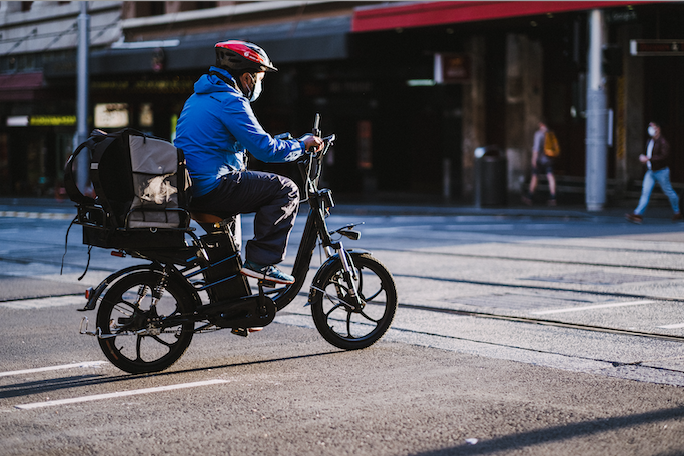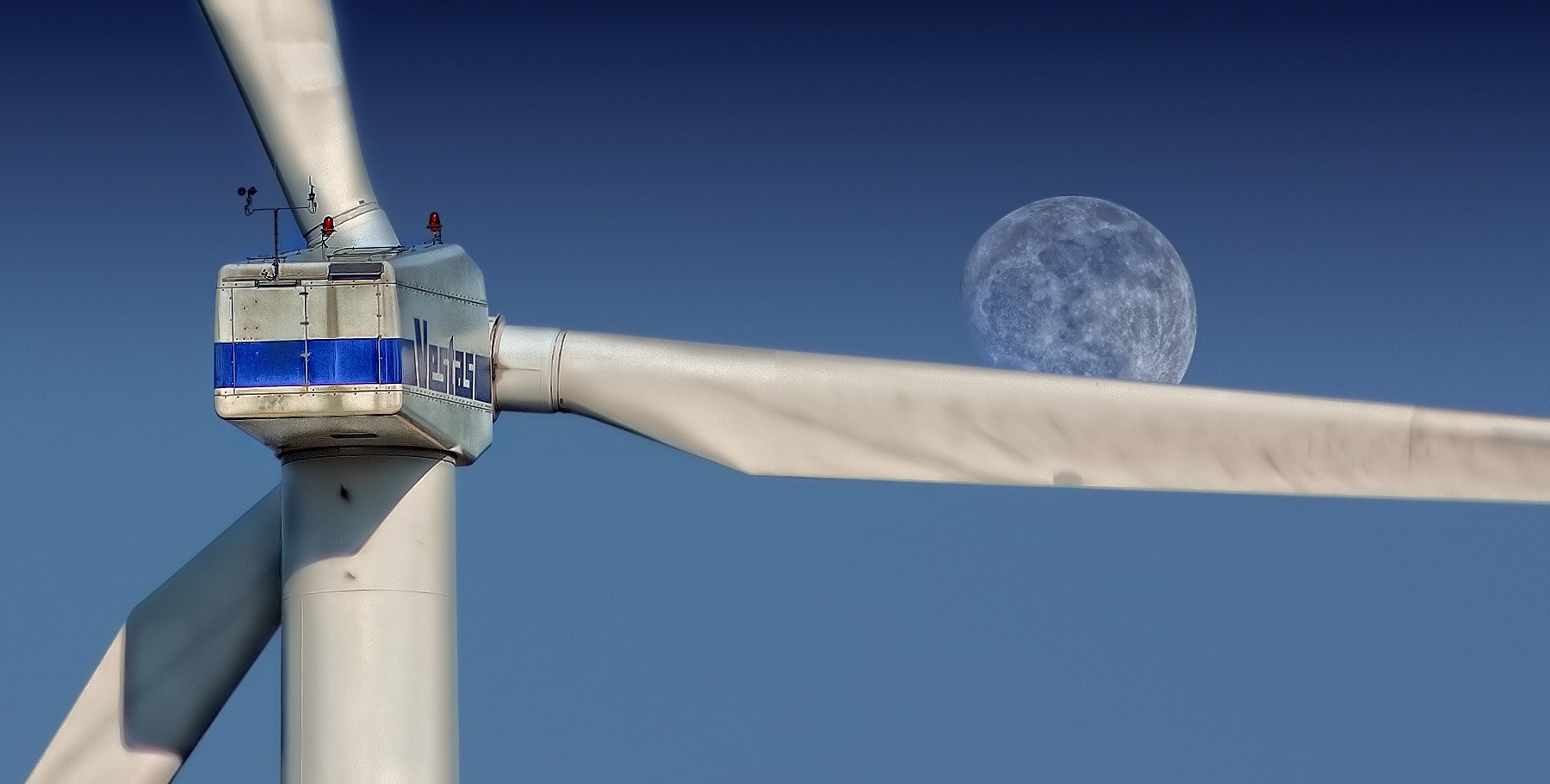By Joseph Godio
Joseph Godio is a 3L at Georgetown University Law Center and a senior editor of the Georgetown Environmental Law Review.
This post is part of the Environmental Law Review Syndicate (ELRS). Read the original at Ecology Law Quarterly’s website.
Introduction
New York City is a city thought by many to be one of the most incredible, majestic, and beautiful cities in the world. Its prominence and prosperity has grown just like the skyline, continuously reaching new heights. Ironically, one of the most beautiful places in New York City, Central Park, is also home to one of the most ugly and archaic realities of not just the city, but of the country. Walking through midtown Manhattan you will find iconic buildings, thousands of business professionals and tourists, and incredible culture. The ugliness that you will also find is animal cruelty, on full display.
There is a large horse and carriage industry in New York City and carriage drivers are able to exploit horses for upwards of fifty dollars for a short twenty-minute ride.[1] Under the Animal Welfare Act, horses do not receive any federal protection.[2] As such, day in and day out, horses are treated in an inhumane manner by the carriage industry in New York City.[3] The American Society for the Prevention of Cruelty to Animals (“ASPCA”), stated “[t]he life of a carriage horse on New York City streets is extremely difficult and life threatening . . . carriage horses were never meant to live and work in today’s urban setting.”[4]
Carriage horses are forced to work in a harsh environment, foreign to their natural habitat. They work roughly nine hours per day, seven days a week, walking on hard pavement, pulling a carriage weighing hundreds of pounds, and inhaling unhealthy air from cars, buses, and taxis.[5] Among the many effects of working in this unnatural environment are incidents where horses will react by taking off at full speed into the busy city streets.[6] These horses are denied the their fundamental needs to live healthy lives, such as pasture time to “graze, stroll and socialize freely on grass.”[7]
Background
The protection of horses was a central campaign policy used by Mayor Bill de Blasio in his 2013 Mayoral campaign.[8] Mayor de Blasio gained support of animal rights activists because of his political stance on the issue.[9] In January of 2016, an “agreement in concept” was announced by Mayor Bill de Blasio’s office, which would have significantly reduced the horse carriage industry.[10] The agreement would have shrunk the horse and carriage industry from its current size of two hundred and twenty horses down to ninety-five by 2018.[11] The agreement would have required the building of a new stable in Central Park, which would have been large enough to house seventy-five horses at the time.[12]
In order to effectuate and implement the agreement and plan, the City Counsel needed to approve the deal. Unfortunately, in February of 2016, the New York City Counsel did not simply reject the vote, rather they canceled the vote altogether.[13] The legislation failed as a result of the Teamster’s union pulling support for Mr. de Blasio.[14] When the Teamsters pulled out, the legislation no longer had the sufficient number of votes for it to pass. After the cancelation of the vote, a carriage driver and spokesman for the industry, Ian McKeever, stated to reporters, “It’s a great day for the horse and carriages.”[15] However, for the horses, it meant the continuation of inhumane treatment, starvation and borderline torture.
Currently, most carriage horses are housed in Clinton Park Stables, which is a building located on 52nd Street near the Hudson River.[16] Most of the stalls inside the Clinton Park Stables are eight feet by ten feet.[17] However, according to customary and humane housing for horses, the ideal stall size for a horse of one thousand pounds or larger is twelve feet by twelve feet.[18] For more “compact breeds,” such as ponies, the ideal size is ten feet by ten feet.[19] This necessarily entails another level of inhumane treatment of these horses. When they are not subject to the harsh life on the job, they retire to a stall that is too small for house their large frames.
In addition to ill-equipped housing, horses are treated inhumanly throughout the course of their lives. Even as the horses grow tired, sick and old they are still required to work long excruciating hours every day.[20] They often suffer from respiratory ailments as a result of breathing exhaust fumes on a daily basis, and typically develop extreme leg issues from traversing the city streets on hard, unforgiving surfaces all day.[21]
In many instances, these issues go untreated. On September 14, 2006, a horse that had worked pulling carriages through New York City for nearly two decades, collapsed in Central Park.[22] After the horse collapsed, the carriage driver began to whip the defeated horse repeatedly in attempts to get the horse to stand up and continue working.[23] A crowd, terrified, gathered around urging the carriage driver to stop.[24] Eventually, a police trailer took the horse away to her stable, and the horse died early the next morning.[25] Similarly, in April of 2014, a carriage driver falsified records to force an “old, asthmatic” horse to continue working.[26] The horse was involved in a horse-carriage accident in September 2013, and the carriage deriver was previously charged with working horses for more than twelve hours in a twenty-hour period.[27]
As another example, on February 23, 2015, a horse was found in his stall unable to stand up.[28] Thereafter, it was discovered that the horse had suffered a fractured leg and was later euthanized.[29] In another event, in December of 2013, a carriage driver was charged with cruelty to animals after he was discovered to be working a horse that was “visibly inured and struggling to pull the weight of the carriage.”[30] A veterinarian later found that the horse had “thrush—an infection of the hoof that, if left untreated, can lead to permanent lameness and sometimes even require euthanasia.”[31] These are just a few examples of the multiple pages of reports of inhumane treatment of these horses that occur far too often.
The horses are not the only living beings at risk due to the horse and carriage industry. Horses are prey animals and, therefore, have a “highly developed flight drive that is easily triggered when they are startled by an unexpected or threatening stimulus.”[32] In other words, the loud, busy and chaotic streets of New York City seems like the worst place for an extremely sensitive thousand pound animal to be.
There have been over thirty carriage horse accidents in the past few years alone. Many of these instances involve horses being “spooked,” from which their natural reaction is to take off running.[33] On June 9, 2014, something in the city spooked a horse and he bolted through the city streets.[34] An innocent bystander attempted to stop the horse by grabbing its reins and was then dragged by the horse.[35] On October 19, 2014 a witness videos shows a spooked horse bolting up 11th avenue in Manhattan, running full speed through busy a busy intersection.[36] In another incident involving a bolting horse, occurring on October 28, 2011, a witness described the incident, “The horse took off at top speed and could not be stopped. He could have easily trampled a pedestrian.”[37] Had the horse trampled an innocent pedestrian, who would have been to blame? In our society, it is more likely than not that the media would have depicted the horse as out of control, where it was merely acting instinctively, but in the wrong environment.
Therefore, having horses in an over populated New York City is incredibly dangerous to all that are in the area. At any moment, a horse may be spooked and may take off, putting everyone in its path at risk of serious injuries, if not death. The risk to public safety does not end there, however. Spending about nine hours a day on the job, horses naturally defecate on the same streets they traverse. There are two hundred and twenty horses in the horse and carriage industry in New York City.[38] Making matters worse, “carriage drivers often do not clean up after the horses, leaving waste and rotting debris.”[39] Therefore, city health officials have an additional burden to regularly monitor the horses for diseases to ensure that they are not carrying disease that could be transmitted to other animals, or to humans.[40]
Solution
Given the fact that previous efforts by Mayor de Blasio and animal rights activists have failed, a different approach is needed to effectuate a change in the exploitation of horses in New York City. I will propose two approaches that will result in a cleaner environment in the streets of New York City, as well as eliminate the inhumane treatment of horses. The first approach that I propose will result in the end of the horse and carriage industry through a phase-out process, and is likely to be met with the strongest opposition, as it is the more ambitious approach. The second approach will still allow the operation of the industry, but will reduce the number of horses allowed, as well as increase the standards of horse keeping, ensuring that they are treated humanely.
First Approach
Too drastic of a change, too quickly, will not only be logistically difficult to implement, but also will result in the displacement of many workers that rely on the industry for income. Therefore, the first approach that I propose is a phase-out process by which carriage drivers will still be able to operate for a certain amount of time, but after which operation will be in violation of the law. This process will be implemented through newly promulgated regulations and a strict permit process.
Under this approach, beginning January 1, 2018, no more permits will be issued to operate a horse a carriage. After this date, those with current and up to date permits will be allowed to continue operation. Those with said permits will be legally allowed to continue operation until July 1, 2019. After this date, any operation of horse and carriage will be in direct conflict with the law and will be subject to minimum fines of $5,000, confiscation of the horse and any additional penalties imposed by law. This approach is similar to the workings amortization periods with non-conforming uses in the context of zoning laws.
Second Approach
In the alternative, this more lenient approach is more of a compromise. It will have the effect of minimizing the possibility that horses are treated inhumanely, will reduce the number of horses used in the city, but will still allow for the operation of the industry. This approach, like the approach of Mayor de Blasio previously discussed, will reduce the number of horse in the New York City horse and carriage industry from two hundred and twenty to seventy-five.
In addition, these seventy-five horses will be placed on a rotation system and will, by law, only be allowed to serve a maximum of six months of service every three years. This will help to ensure that the polluted air, hard concrete, and busy Manhattan streets will have as little impact on the longevity of the life of the horse as possible. Furthermore, this rotation will ensure that large, full-grown horses are not subject to living in stalls that are too small for the majority of their lives. Finally, this compromise will require that carriage operators attain a higher level of horse training, will be subject to city inspections of housing arrangements for the horses, and will be subject to high fines and relinquishment of license after only one violation.
Conclusion
In recent years the debate over the horse and carriage industry in New York City has grown more and more contentious. Meanwhile, these horses are treated inhumanely, subject to harsh working conditions, and, the public is put at risk. Through either of the approaches I have proposed, we can begin to protect horses and make the streets of New York City a more sanitary environment. Implementation will be met with strong opposition, but that cannot deter action. Mistreated horses cannot speak for themselves and tell us the pain that they go through, but the record of inhumane treatment speaks volumes. If we stand by and allow this inhumane treatment continue, that too, speaks volumes about us as a society.
[1] Inside A Stable Where Central Park’s Carriage Horses Live, Business Insider, http://www.businessinsider.com/the-stables-where-central-park-carriage-horses-live-2012-4?op=0#clinton-park-stables-is-located-on-52nd-street-near-the-hudson-river-1 (last visited May 12, 2016).
[2] The Cruelty of Horse-Drawn Carriages, PETA http://www.peta.org/issues/animals-in-entertainment/horse-drawn-carriages/ (last visited May 13, 2016).
[3] Carriage Horses, The Humane Society of the United States, http://www.humanesociety.org/issues/carriage_horses/ (last visited May 13, 2016).
[4] Cruel and Inhumane Horse Drawn Carriages, NYCLASS, http://www.nyclass.org/horse_drawn_carriages (last visited May 11, 2016).
[5] Id.
[6] Id.
[7] Id.
[8] Michael M. Grynbaum, New York City Announces Deal on Carriage Horses in Central Park, NY Times, http://www.nytimes.com/2016/01/18/nyregion/new-york-city-announces-deal-on-carriage-horses-in-central-park.html (last visited May 14, 2016).
[9] Id.
[10] Id.
[11] Id.
[12] Id.
[13] J. David Goodman and Michael M. Grynbaum, Mayor de Blasio’s Carriage-Horse Plan Falters in City Counsel, NY Times, http://www.nytimes.com/2016/02/05/nyregion/horse-carriage-deal-new-york.html (last visited, May 15, 2016).
[14] Id.
[15] Id.
[16] Supra Inside A Stable Where Central Park’s Carriage Horses Live note 1.
[17] Id.
[18] Karen Briggs, Stall Design, The Horse, http://www.thehorse.com/articles/10366/stall-design (last visited, May 18, 2016).
[19] Id.
[20] Supra The Cruelty of Horse-Drawn Carriages note 2.
[21] Id.
[22] Incidents Involving Horse-Drawn Carriages, PETA, http://www.mediapeta.com/peta/PDF/HDCIncidentsFactsheet_JO_Jan2016.pdf (last visited May 18, 2016).
[23] Id.
[24] Id.
[25] Id.
[26] Id.
[27] Id.
[28] Id.
[29] Id.
[30] Id.
[31] Id.
[32] Supra Carriage Horses note 3.
[33] Id.
[34] Supra Incidents Involving Horse-Drawn Carriages note 22.
[35] Id.
[36] Id.
[37] Id.
[38] Supra New York City Announces Deal on Carriage Horses in Central Park note 8.
[39] Supra Cruel and Inhumane Horse Drawn Carriages note 4.
[40] Id.





